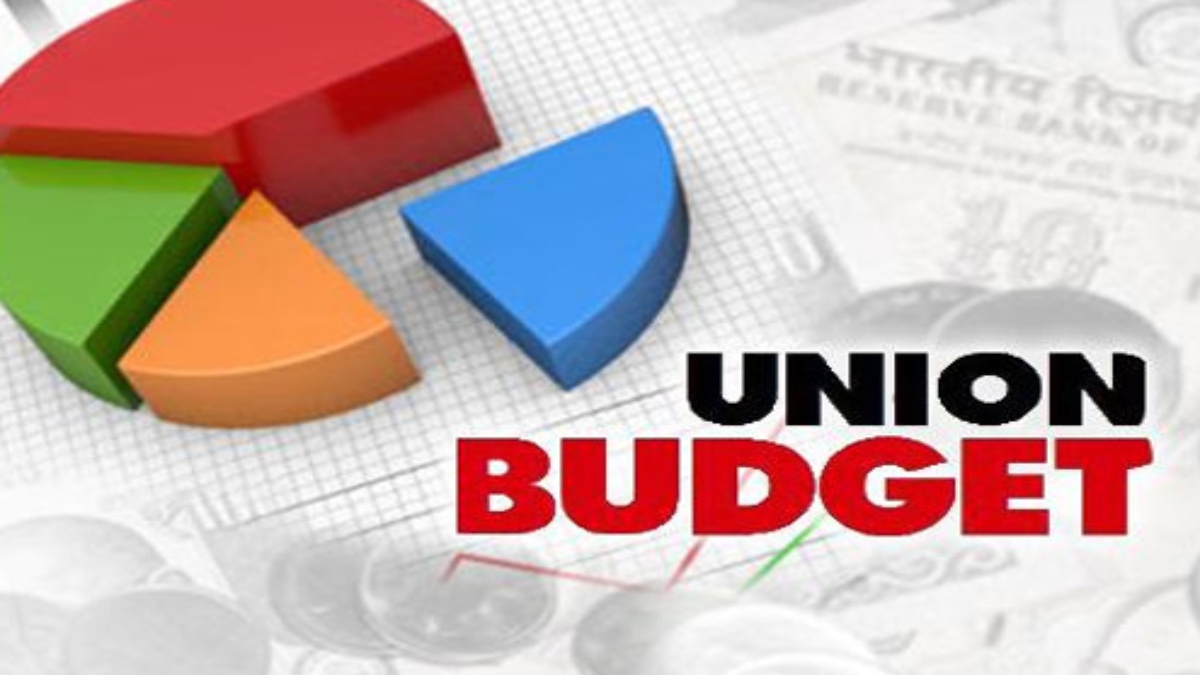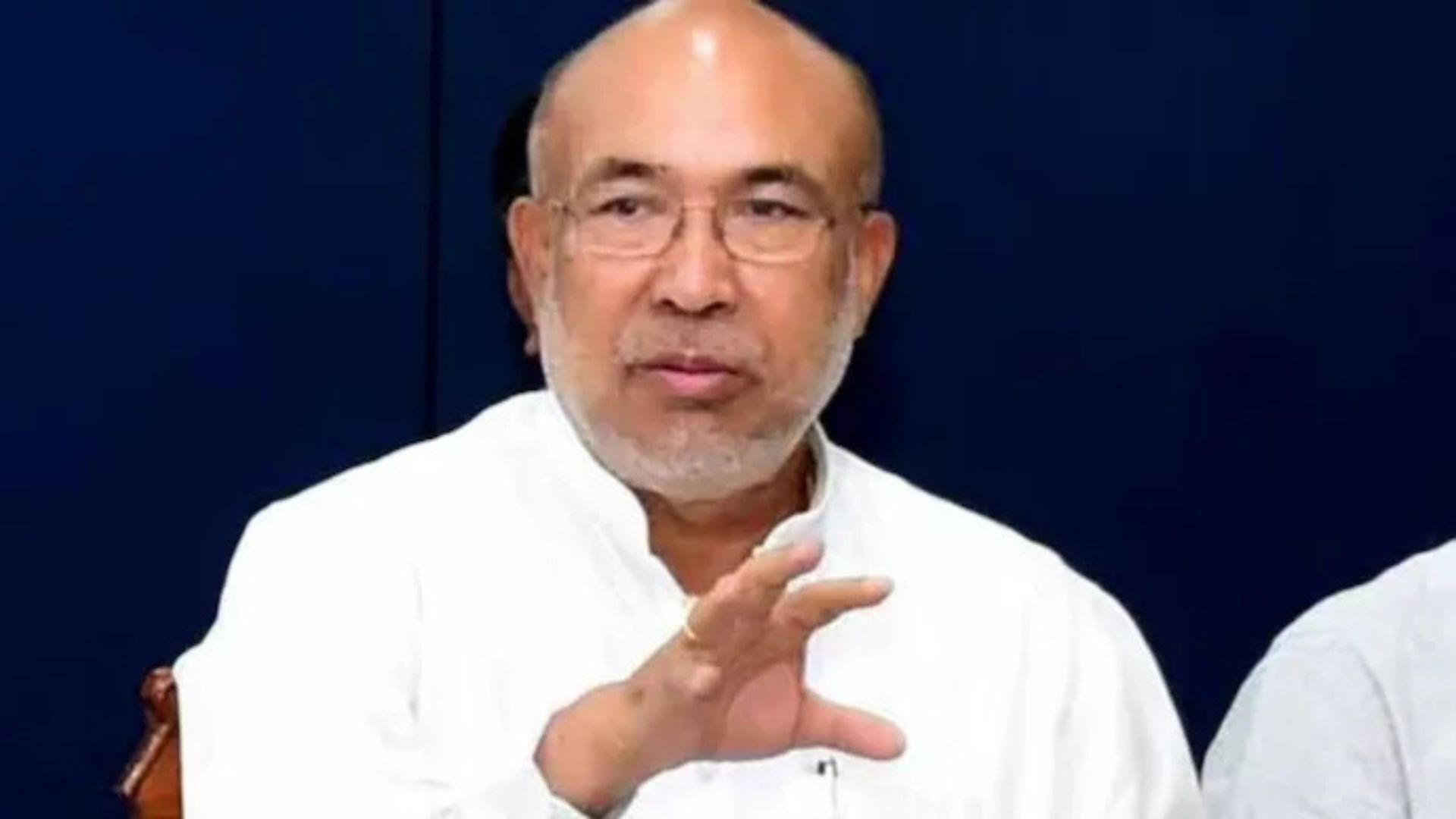
The Finance Ministry has been developing budget proposals for the coming fiscal year (2022-2023). The Union Budget will be presented by Finance Minister Nirmala Sitharaman on February 1 in Parliament. The government has had consultations with the relevant stakeholders. , Industry and civil society have made multiple sectoral recommendations for the minister’s consideration. The healthcare sector is one of them. Provisions made in the budget on healthcare spending impact everyone. India is one of the few countries with high out-of-pocket healthcare spending. As per data from the World Bank, 54.78% of spending on health care is out of pocket in India, compared to the world average of 18%. The last budget saw a modest increase of less than 1% (Rs 86,606 crore) for healthcare compared to the previous financial year. India’s healthcare spending continues to be low (less than 2% of the GDP) compared to 19% in the US. , Let us examine the facts on the ground. Just as we started thinking of COVID as history, it has come back seeking renewed attention. Hospitals have been asked to be prepared; pharma companies are expected to ensure adequate raw materials for the medicines; and countries importing generic drugs from India are reminding manufacturers to maintain a committed supply chain. Healthcare has never been as important as it is today. Also, with India soon becoming the most populous country in the world, our healthcare needs will expand and become more complex. The changing environment should be reflected in the government’s budget planning. , Healthcare infrastructure, largely concentrated in Tier 1 cities, needs to expand. The private sector plays a dominant role in healthcare delivery. The majority of hospitals with specialized healthcare are in metropolises. Public-sector hospitals have a higher patient footfall but have capacity constraints, resulting in long waits for specialized treatments. The government is expanding the network of AIIMS (apex hospitals), but we still have a long way to go. The budget must include funding for the rapid expansion of public sector hospitals in tier 2 and tier 3 cities, as well as upgrades to existing district-level hospitals. , Healthcare costs for consumers are another area of concern. We have a strong price control mechanism in place, with the NPPA, or National Pharmaceutical Pricing Authority, serving as the regulator. Price controls on select essential drugs and devices economize the cost to some extent but do not ensure the sustained availability of specialized drugs and devices. The cost to the consumer also includes a 12–18% tax on most medicines and medical devices. This number is high. , , As a welfare state, the government should not be taxing the health of the consumer at such a high rate. In fact, the tax went up by 2.5% after the introduction of the GST. The finance minister should consider bringing it down to 5%. Our dependence on the imports of medical devices and diagnostic equipment is as high as 80%. Medical devices are the backbone of healthcare infrastructure both in the private and public sectors, including Ayushman Bharat. Higher customs tariffs deprive us of the next generation of devices and restrict market expansion. Manufacturing in-country and marketing and expansion are two sides of the same coin. A reasonable, stable, and predictable tariff regime will help technology flow and market expansion, supporting last-mile healthcare delivery. Primary Healthcare Centers (PHC) have an important role to play. The Ayushman Bharat scheme has done great work in upgrading primary healthcare centers to health and wellness centers (HWC). The target of 1,50,000 HWCs has been achieved well within the expected timeline. The question, however, is whether this number is adequate to support the current and growing population in India. We need more HWCs to cover 6,38,000 villages and 5,000 Tier 4 cities. The budget should allow for the rapid expansion of HWCs. Private hospitals can be incentivized to invest in primary healthcare in unrepresented areas, and leading diagnostic laboratory chains should create hub-and-spoke models for the HWCs. , India has one doctor for a population of 854 and a total of 1.3 million registered allopaths and IC doctors. If not addressed urgently and gently, this gap could be the single most important cause of failure in our healthcare ecosystem. The limited number of doctors, nurses, radiologists, and lab technicians tends to prioritize urban and private sector hospitals instead of working in smaller cities and villages. While we add capacity to bring more doctors and paramedics into the work stream, our 5,65,000 qualified and regulated Ayurvedic Unani doctors can be trained to handle basic health needs, prescribe select allopathic medicines for common diseases, and/or refer patients for specialized treatments. Telemedicine is a great tool that can be used by Ayush doctors to create an effective link between remote patients and specialized doctors. Some states have allowed Ayurvedic doctors to practice allopathy. This year’s budget should provide for the expansion of medical schools and the training of Ayush doctors in the basic allopathic stream of treatment. , , We have over 80,000 chemical stores and over 10,000 manufacturing units spread across the country. The regulatory oversight mechanism is inadequate. Central and state FDAs have a shortage of inspectors. This leads to the infiltration and filtration of counterfeiters and spurious drug manufacturers in the supply chain. It not only affects domestic consumers but also sullies India’s name globally, given recent incidents in Gambia and Uzbekistan. The budget should include sufficient funds to expand the regulatory framework and oversee the entire supply chain. Ayushman Bharat’s conception of secondary and tertiary healthcare has been a game changer towards expanding healthcare needs for weaker sections of Indian society. Adequate funds need to be available for the hospitals to get their reimbursements on time so that they are encouraged to continue accepting patients covered under the scheme. Healthcare priorities and policy changes in the budget will go a long way toward ensuring universal access to high-quality, cost-effective healthcare, and they must be given due consideration. , Rakesh K. Chitkara has led the public policy practice for major multinational corporations, including Abbott Laboratories, General Electric, Dow Chemical, and Monsanto.















